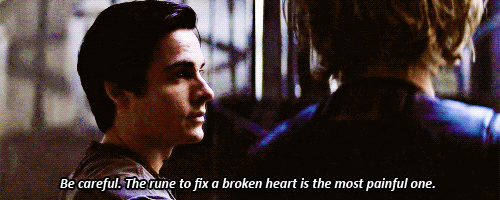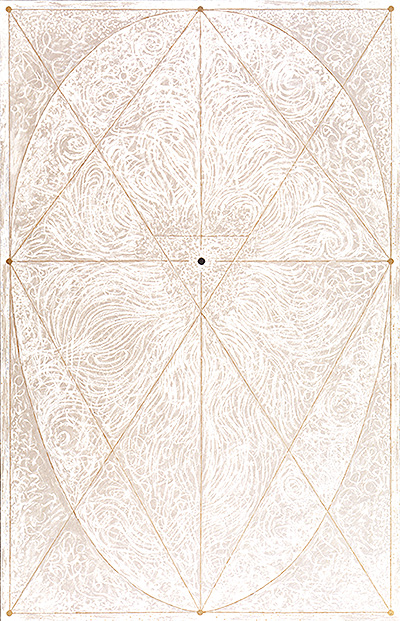
Where does energy end and form begin? What are these bodies? Why do they emerge? From where did they manifest? What is healing? What is medicine? The body is just an energy field. This is nothing new. I am asking that we look again, with fresh eyes, and attempt to explore it in a new way. This post is about the dialogue between form and emptiness, and I’d like to playfully explore how we might integrate them. For the past few years I’ve been studying a form of healing called Sourcepoint Therapy® and some of the concepts in it have inspired me to make some fascinating connections. But this is by no means an official Sourcepoint post!
In early indigenous cultures the Shaman was a musician, artist, and healer. There was no distinction between art and medicine or music. They were the same thing. Today we like to break these up as distinctive. But for them, their art was medicine. For instance, there are examples of stick figure petroglyphs everywhere around the world in prehistoric cultures. We might think that they are just primitive human representations of human form, but that may be a mistake. Perhaps they were expressing healing, or that the act of creating them was an act of medicine. Or even that seeing their presence frames the environment to facilitate order and healing. Art = medicine. Art is medicine.

This dialogue of emptiness and form, art and medicine, may have been the origin of the ancient written language in China. Chinese hànzì (Japanese kanji) were created in prehistoric China from looking at animals and animal bones, the earth landscape and the heavens. And perhaps the use of onomatopoeia. Lately I have been fascinated with Noguchi Taiso, a form of Japanese exercise created by Michizo Noguchi. Noguchi-san, in his study of early calligraphy,
“traced the origins of language back to inscriptions of Chinese characters on animal bones and tortoise carapaces and to etymologies of words in Japanese language prior to the introduction of Chinese, and goes so far as to playfully dabble in primitive phonology a way of discovering the meaning of language through individual physical reactions to the pronunciation of each of the fifty common Japanese phonemes.” MIKAMI Kayo
So, originally, perhaps the phonetic sounds created a response in the individual which had physical somatic meaning. A dance of sound and painting and gut instinct.
And as these calligraphy were refined over time, perhaps their meaning contained a type of shamanic energetic power. High level Chinese martial artists have been able to use calligraphy in very interesting ways. A well-known martial arts teacher, BK Frantzis, has stated that his teacher could move him around a room energetically without touching him, and this skill was most powerful when he was doing calligraphy. As an energy master, through the act of expressing symbols, he was able to manipulate a body in its physical form. See Liu Hung Chieh
Not just in Chinese characters, but the use of symbols as a way to influence physical matter is all over popular culture these days, in our myths and stories. From Dr. Strange using complex Geometric Symbols to produce magic,

Po from Kung Fu Panda 3 masters the ability to manifest objects with Chi,

or even the characters in Mortal Instruments writing Runes on the body to heal the person, etc.!

So the use of symbols as a manifestation of energy is deeply embedded in popular consciousness.
After coming back from my life as a Zen monk in Japan, I had a great longing to offer what I had learned from spending a big chunk of my twenties doing internal energetic work, doing koans, penetrating into the heart of reality. In some ways, offering this is quite easy, because in everything we do, the Zen training is in our bones. We are listening to the pots sing as we are cooking, we are catching the traces of flying birds across the sky. So just walking and eating and hanging out can be a form of offering. And yet, it is as if we have a hidden gear we have cultivated, a gear which no one can really understand, and if this gear does not find a medium to be expressed, it is deeply unsatisfying. And after tapping into and healing in this great life energy, it is a natural impulse to share this light with the world, to offer ourselves to benefit all beings.
Have you ever been singing a song in your head, and your husband or wife or partner begins to sing that song? Why do you think that is possible? Most people have had this happen. It is very common. It is nothing special. When I was a monk in Japan, my Japanese was not good enough to understand all of the Roshi’s archaic lectures, but I could get into his consciousness somehow, and I could feel the presence of what he was saying, and somehow get the gist of them, at least sometimes. I found this fascinating and beautiful. There was a field of information, and I somehow, by being so close with him, could read this field. In many ways, the offering of this field of energy was the main aspect of his lectures, and his main form of teaching.
I also have found in my life that my real healing does not occur by me doing something or by someone else doing something to me, but rather it happens when I engage with reality as it is, and allow myself to open up to this great organizing life energy around and within me. This field of information, this greater power.
In this vein, I have recently been studying a form of healing called Sourcepoint Therapy®. I am a Structural Integrator and a lot of my work has a real physical, matter of fact aspect to it. I help the body organize in space and within gravity. But I have longed to find in a system which could help me to become more sophisticated in my energy work with clients. Sourcepoint allows me a field to explore and engage in a deeper communication with my clients, which is my true fascination with the work.

In a very simple way, with a massage table and a client, we work with an energetic field of information, a blueprint of health, and learn to experience it more and more, and allow it to be the guiding force in healing. At first, working with this blueprint feels slightly beyond the veil. There has to be some faith. But it is quite fascinating, and I crave this type of expression. My own process would be starving without this type of exploratory nutrition. There are aspects of listening to this field (Blueprint) and watching the physical body unfold, and also of expressing energy akin to an ancient ancestral puebloan creating a stick figure on a cliff wall. It feels like the line between art and medicine dissolves. And I often feel like I am doing calligraphy on the body. It is similar to the hidden gear we develop in Zen monasteries, diving into a koan without any idea how it will work itself out. And then a big shift happens.
In some ways, Sourcepoint Therapy has been a way for me to bring The Heart Sutra to life in my every day functioning. To realize emptiness is easy in some ways. I know a lot of people who had very deep experiences at the monastery in Japan who can’t seem to integrate those experiences into their lives now that they have come back. To express their deep essence in the world and help save all beings. Learning to walk the nonexistent line of form and emptiness is a lifelong journey. But one worth doing.
It does not hurt that the creators of Sourcepoint are Bob Schrei and Donna Thomson, also former monastic Zen folks. I joke that they are a little strange in a similar way that I am a little strange! It is inspiring to see that their practice on the cushion blossomed into a beautiful form of expression and healing. In many ways, I think that Bob, a Structural Integrator like me, craved a deeper level of communicating with his clients and needed expression for this hidden energetic gear. I really think this is the point of Buddhism. For each of us, in our own artistic way, to express and live our unique flavor of this universal truth, and thereby help those in need.
Here is a link to the Sourcepoint Therapy website. http://sourcepointtherapy.com/
Thanks for reading. Take care! Comments and questions welcome!

